Blessed with the best solar power conditions on the planet, the country is deciding how to capitalise on its carbon-free capability.
Please use the sharing tools found via the share button at the top or side of articles. Copying articles to share with others is a breach of FT.com T&Cs and Copyright Policy. Email [email protected] to buy additional rights. Subscribers may share up to 10 or 20 articles per month using the gift article service. More information can be found here.
https://www.ft.com/content/97e6b15d-4b7d-4578-8d1a-f43df77ff116?sharetype=blocked
Fernando González relishes the shade given by the 140 sq m mirror that bounces the sun’s beams to a “receiver” on a 250m-high tower in the Atacama Desert. But he is more proud of what the technology is achieving in northern Chile. “We are making history here,” he says. The mirror dwarfs his 4×4 truck yet it is just one of 10,600 heliostats — to give them their technical name — that spread for 1.5km in all directions. “This is the first [solar energy plant] of its kind in Latin America,” explains González, gesturing at the pipes that take molten salt up to the receiver. The salt is already at 290C but when it meets the combined power of the heliostats, the temperature almost doubles to 565C. It is then pumped down to power a steam turbine to generate electricity. In total, the concentrated solar technology at the $1.4bn Cerro Dominador project can produce 110MW of power. Together with a nearby photovoltaic plant that provides 100MW, it became operational this month. It joins five other such plants: two in China and one each in the US, Spain and Morocco.
González runs the plant for EIG Global Energy Partners, which has owned it since its founder and designer, the Spanish renewables group Abengoa, hit financial problems in 2016. He believes the trailblazing technology means it can avoid the drawback of solar energy: that it only works when the sun shines. Blessed with the best solar radiation on the planet, in the past five years northern Chile has become a renewables powerhouse — especially as mass production meant the price of solar panels plummeted.
Last year, Chile hit its 2025 target of producing a fifth of its energy from renewables. So far this year, at least 25 per cent of its energy — and more than twice that at peak hours — is being created from solar and wind plants. “That is only going to increase,” says Darío Morales, the research director at the Chilean Association of Renewable Energies and Storage. He says that, in each of the past five years, Chile has added up to 1,000MW of renewables capacity. In 2021, this figure could be 5,000MW, as new projects come online. The problem, he says, is that projects to deliver new energy to consumers are running behind schedule and “this must be fixed quickly”.
Morales argues that new technologies are also needed to create a better balance between supply and demand — such as large scale energy storage systems or clean energy plants that run 24 hours a day. The molten-salt technology used at Cerro Dominador is one such example but geothermal energy is being harnessed in Chile. Chile’s renewables revolution “allows us to dream of many things”, says Rodrigo Palma, an energy specialist at the University of Chile in Santiago. He says the debate today is whether the country can channel its renewable resources to create associated industries. This would add diversity to an economy that has long relied on copper exports. Some suggest that solar panel or battery manufacture would link Chile into global supply chains. The country could also export energy through transmission lines, perhaps even to North America, or use cheap energy to entice foreign companies to build factories.
But the hottest topic is green hydrogen, which is made by using electricity from renewable energy to electrolyse water and separate hydrogen from oxygen. Government officials hope that, by 2050, Chile will export $30bn of green hydrogen a year, which is what the country earns from copper exports today. “What is needed is a reduction of costs [for producing green hydrogen] just as happened with photovoltaic energy,” says Palma. “Solar energy only took off in the past decade even though the technology has existed since the seventies . . . something similar could happen with hydrogen.
“Today, [green hydrogen] is fashionable. It’s all we’re talking about, just as three years ago all we were talking about was lithium, and before that solar. The only thing that is absolutely clear is our potential to produce renewable energy. Chile’s strategy should be based on how to export green energy.” However it shapes up, fossil fuels are on the way out and the country is unlikely to have to rely on gas to comply with the Paris Agreement, as many other countries intend to. Also, Chile no longer has to import energy, which used to sap $10bn a year from national accounts. The government has set a date of 2040 to close the coal plants that it built quickly and cheaply to resolve its problems before renewables arrived.
Cerro Dominador is clean and provides energy 24 hours a day at a competitive price, emphasises González, pointing out that the cost of the molten-salt technology has more than halved since the project began seven years ago. EIG plans three more such plants nearby. González hopes the success of the project will encourage other companies to invest in the region. “We may be the first but we don’t want to be the only ones. There is room for everyone.”

